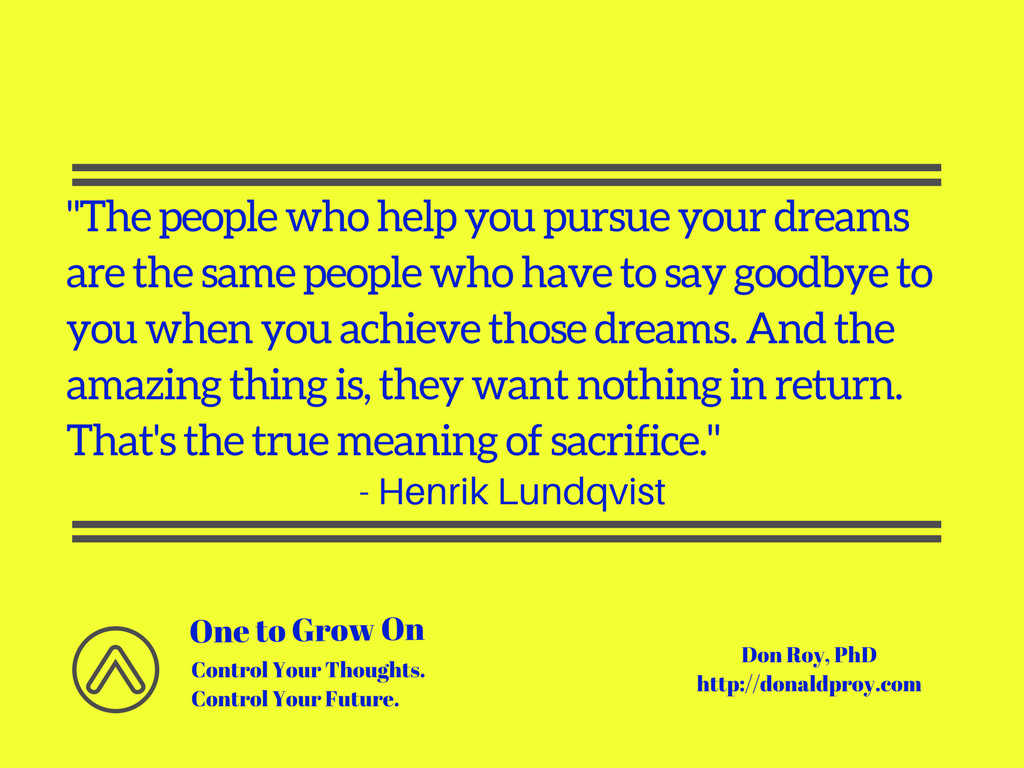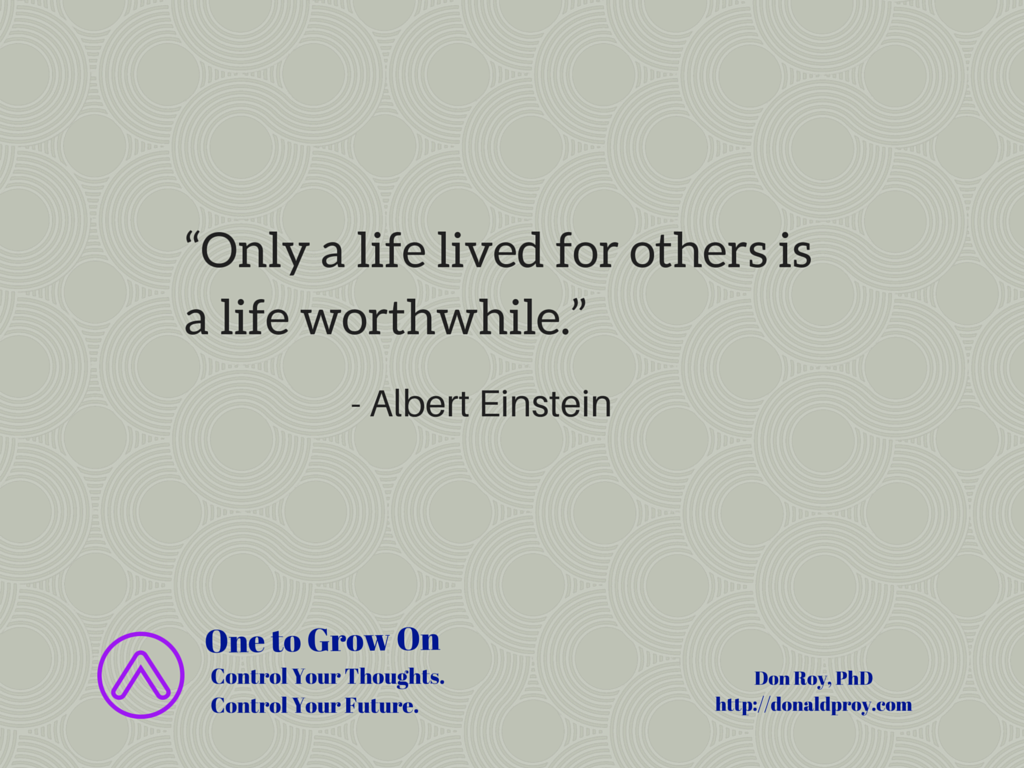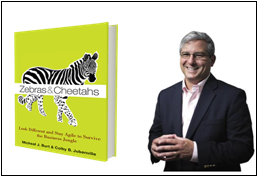
A flood of mixed emotions are racing through my head this morning. It has nothing to do with Monday, going to work, or other everyday obstacle. It’s a new situation; one that will certainly play out again in the future. A child is leaving the nest- not permanently but for the longest stretch of time in his life (five months). And, he is going far away (to The Netherlands). His semester of study abroad will pass quickly. I know because my semester as a college professor invariably moves fast… seemingly faster as I get older. It was not a long-term goodbye, but nonetheless a parting that led me to rethink my role as parent and teacher.
Saved by a Goalie
Feelings of sadness over my son’s departure were soon replaced by comforting words that I read when I needed them. And, of all of the sages who could have uttered timely words, it was a hockey goalie who spoke to me. Henrik Lundqvist is a star National Hockey League goaltender. Lundqvist plays for the New York Rangers and has played for his native Sweden in the Winter Olympics and World Cup of Hockey. By all measures, Lundqvist has made it.
Despite his successes in hockey, Lundqvist acknowledges there is a person who can be credited with an assist in his accomplishments: his father. Lundqvist recently authored a letter to his eight-year-old self. In the letter, he touches on the influence of his father. Lundqvist shares that his father encouraged him to dream big, to see himself playing professional hockey and for his country.
Lundqvist observed the following about his father’s impact in shaping his destiny:

My job as a parent is to prepare my children to say goodbye because they have achieved their dreams. By extension, my role as a teacher is to do the same for people studying under me.
It Doesn’t Feel Like Sacrifice
Henrik Lundqvist observes the true meaning of sacrifice is to help position people we care about to succeed and expect nothing in return. As I think about his words and what I have done for my three sons, I realize it does not even feel like sacrifice. The first time I heard about 6:00 a.m. hockey practices when my youngest son took up the game I thought to myself “that’s crazy- we will never do that.” It may be crazy, but we have done it many times… and many other crazy things, too. But, my wife and I have never sought sympathy or Parent of the Year awards. We do it because we are preparing our son for that day when he says goodbye.
Enjoy the Ride
I am going to follow my own advice I shared with my middle son as he departed today. Many possible words of wisdom crossed my mind, but I kept returning to one idea: Enjoy the experience. I have the opportunity to enjoy it with him through photos and stories. I will focus my energy there, and not dwell on his absence or count down the days until he returns. Such thoughts are selfish and do not help him (or me) grow. Saying goodbye can be taken as a signal that our work as a parent or leader was well done. Thus, it is not a sad time but one of growth possibilities.



